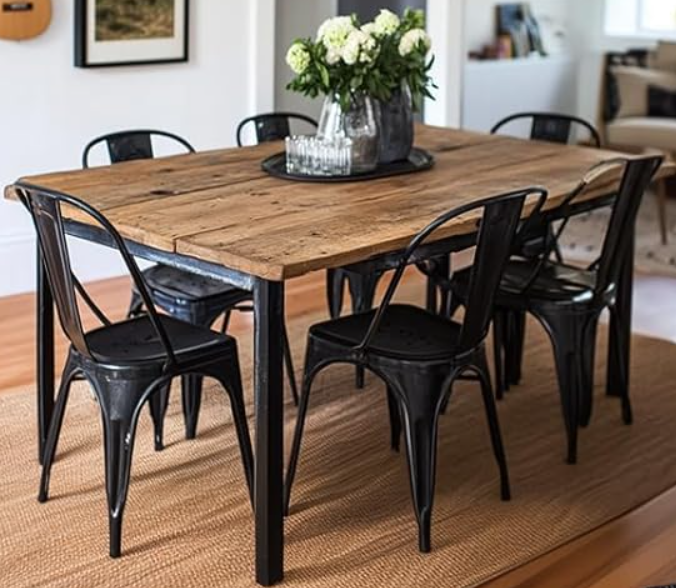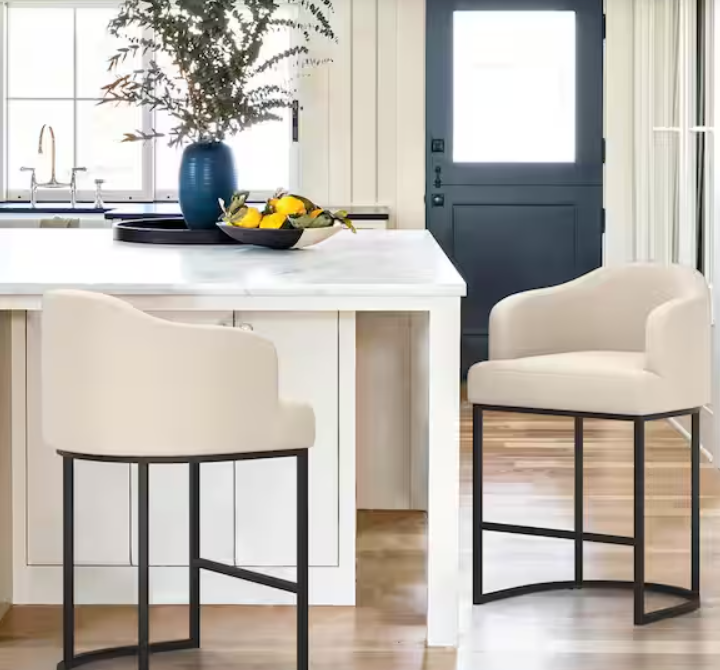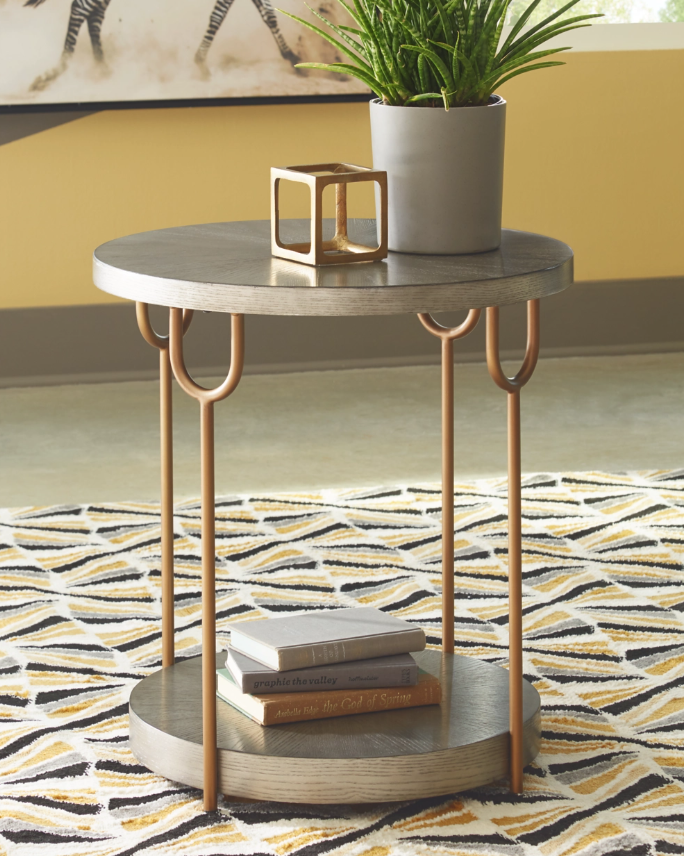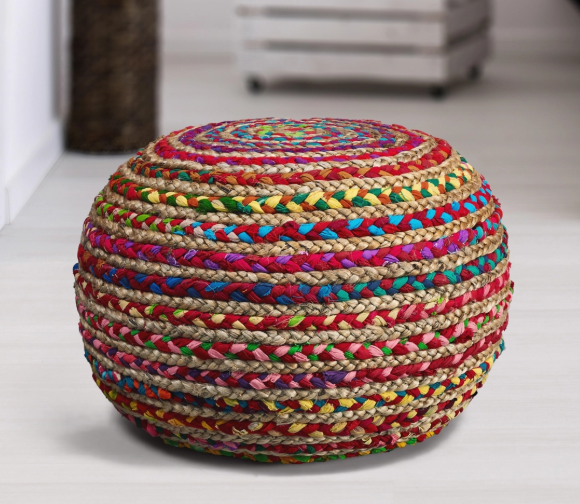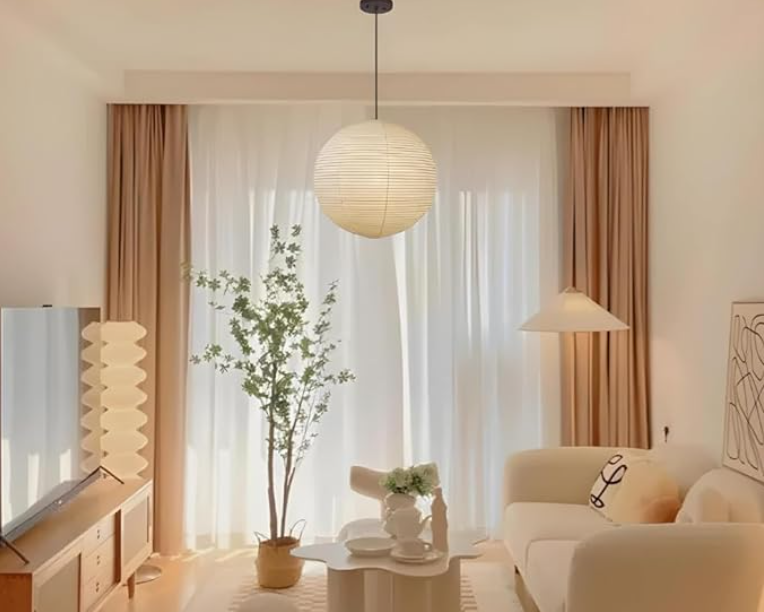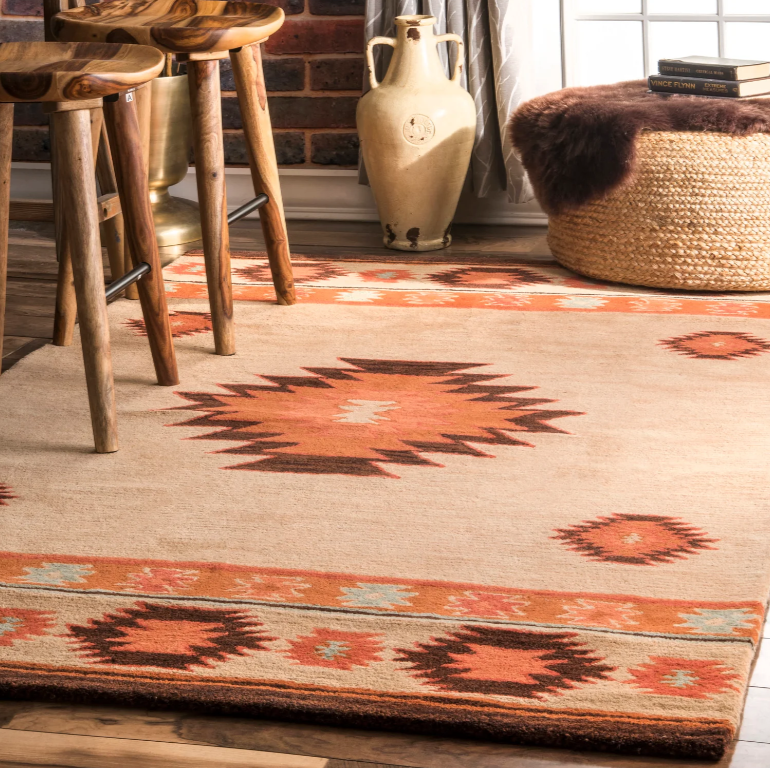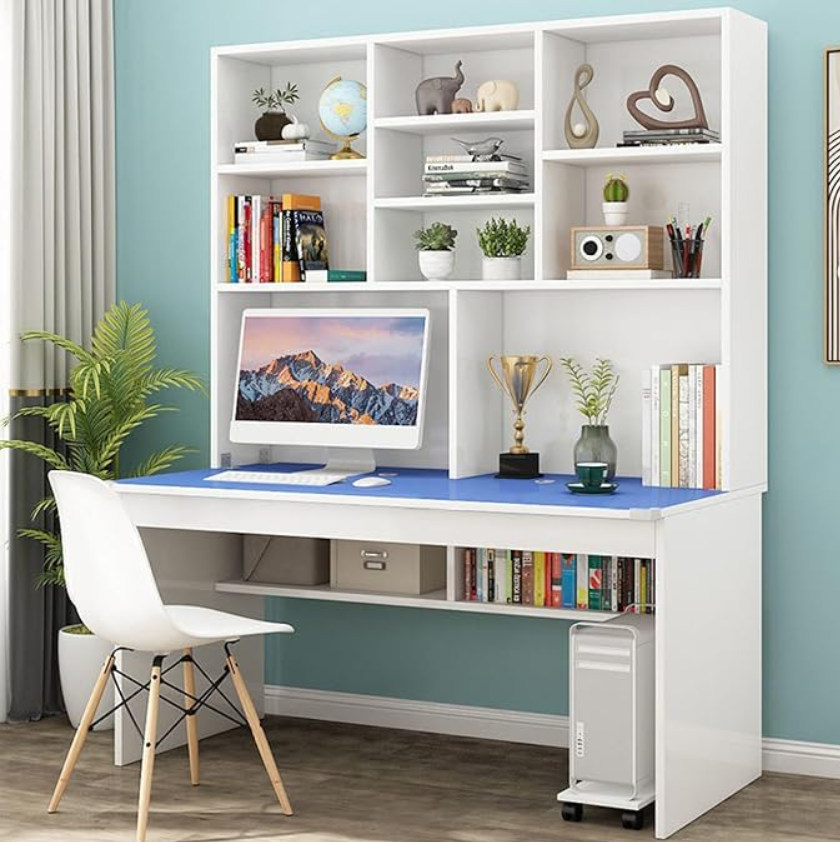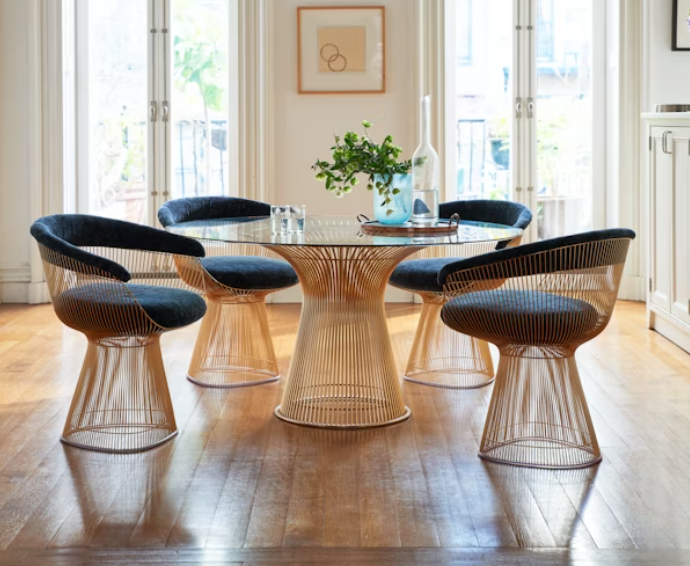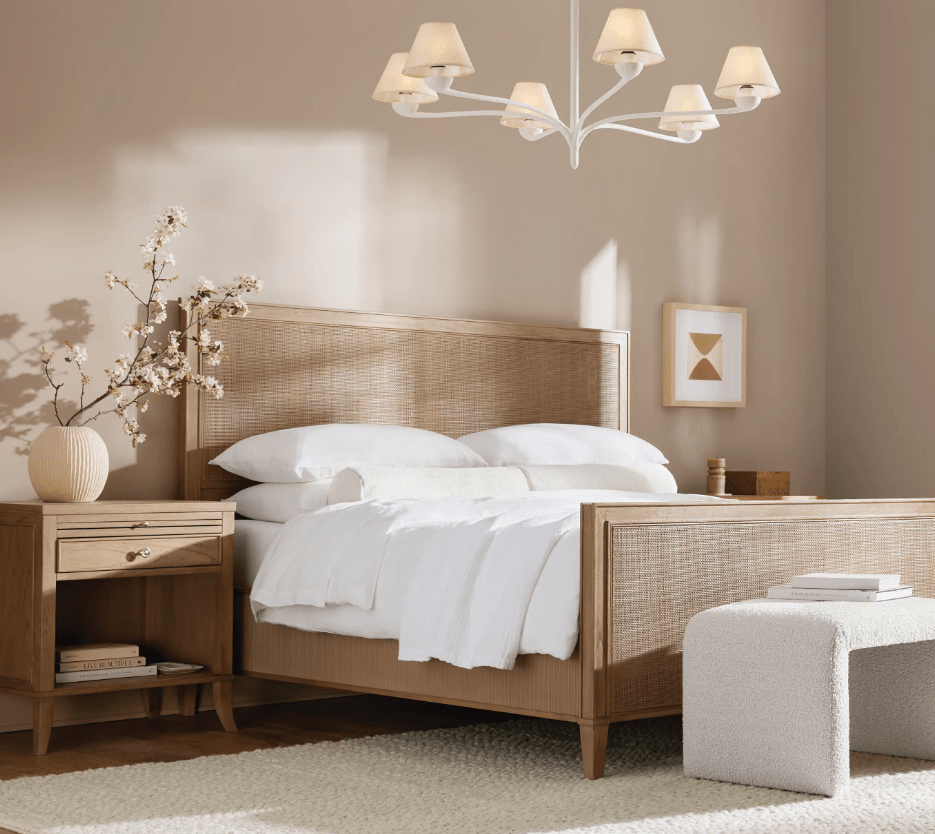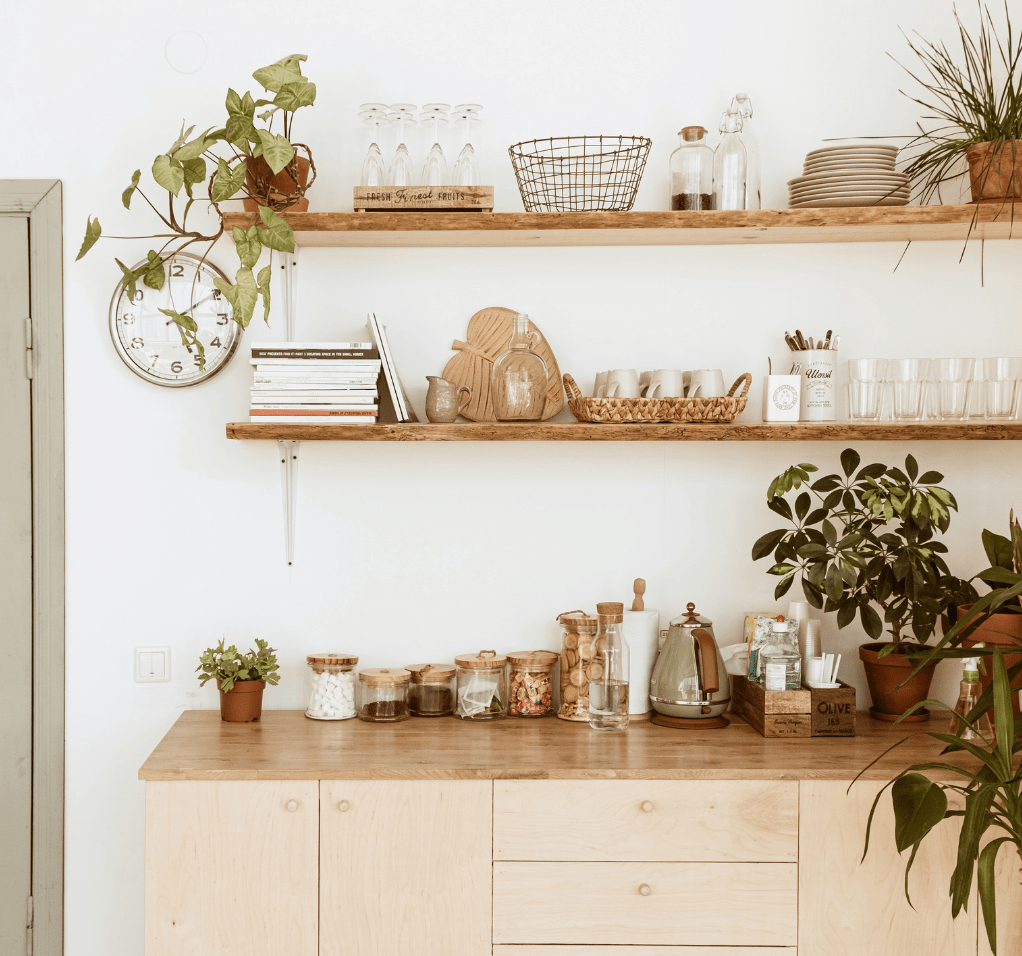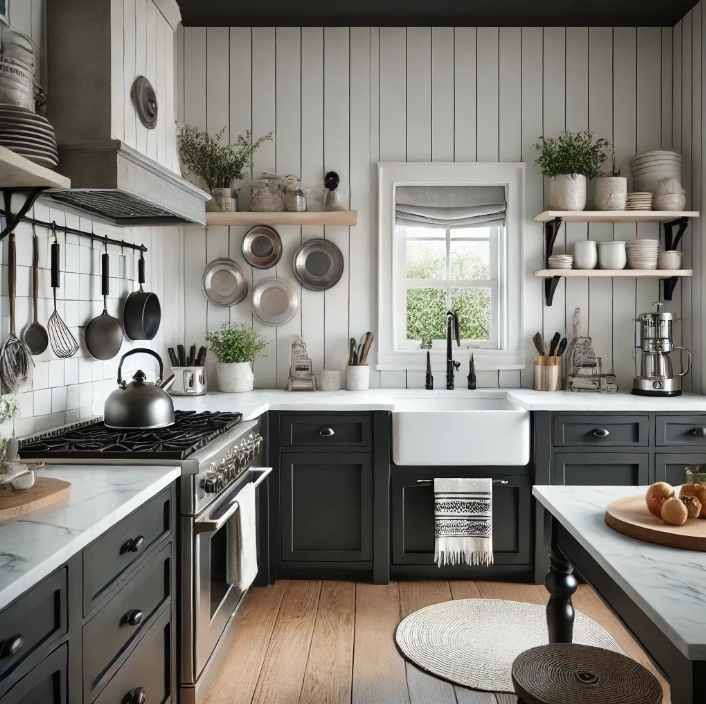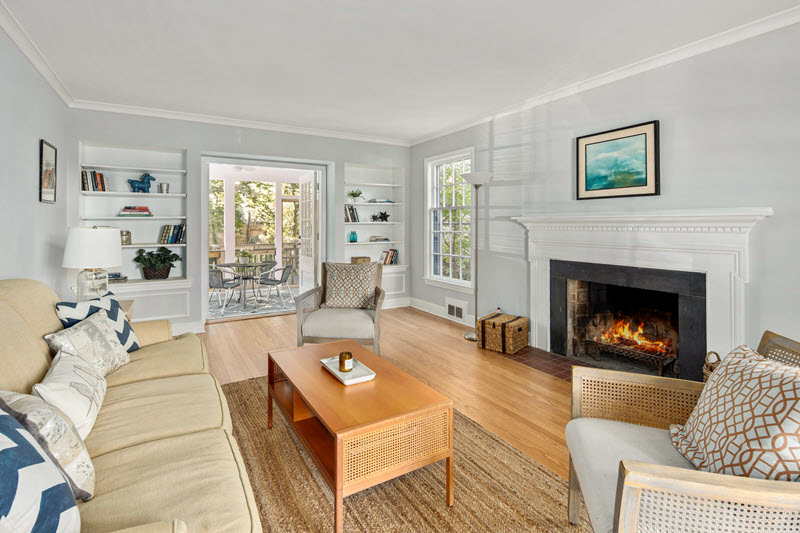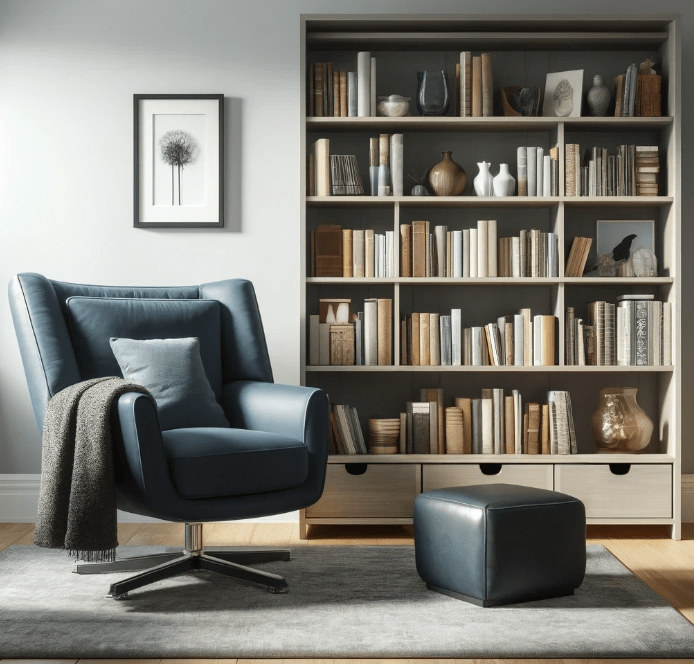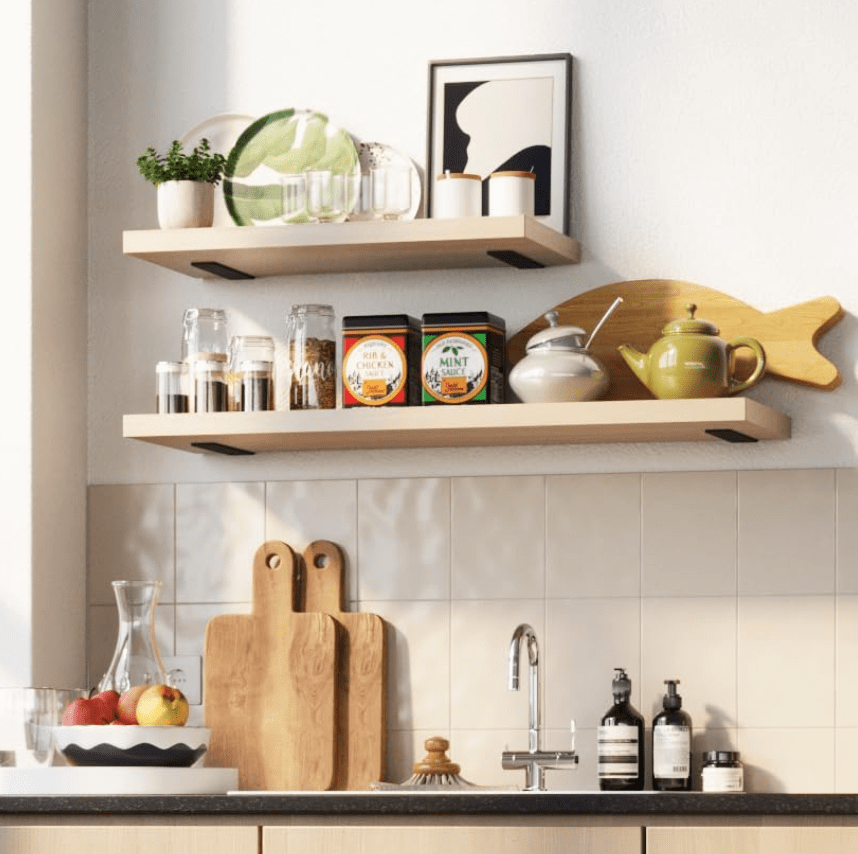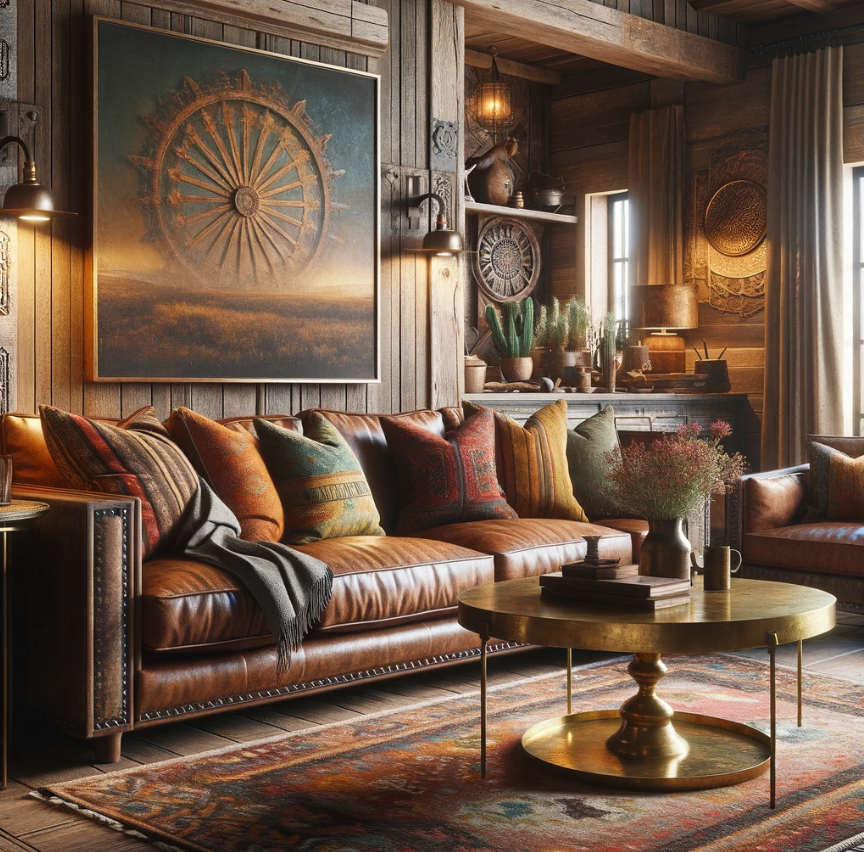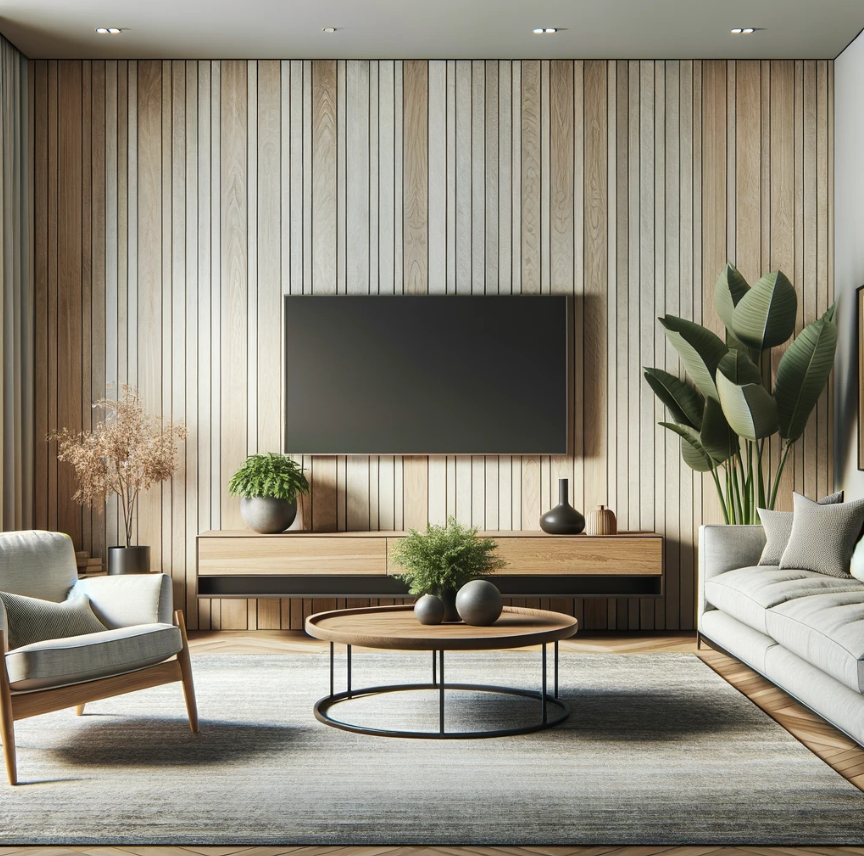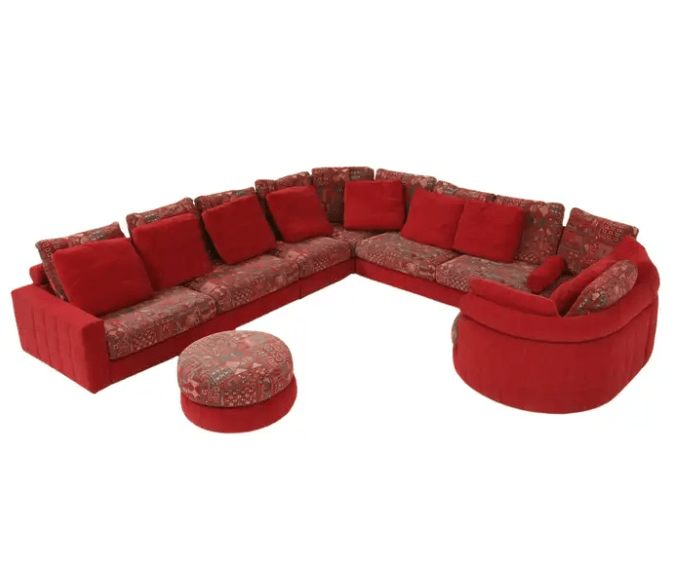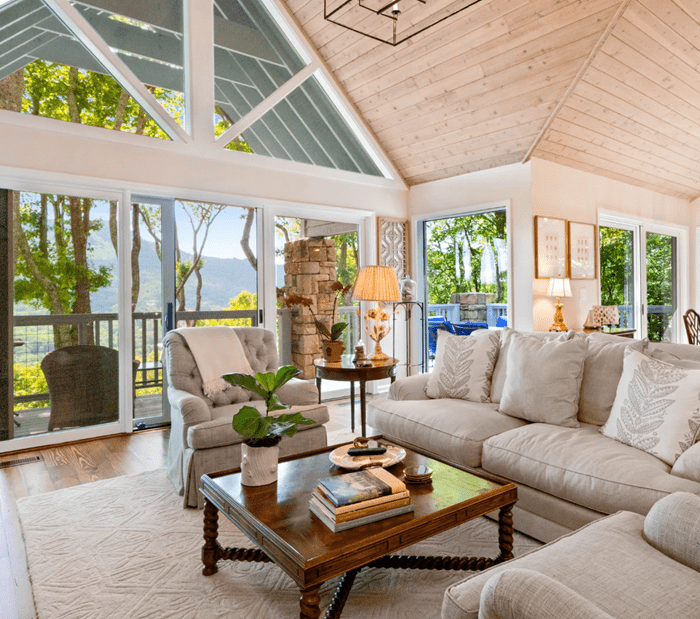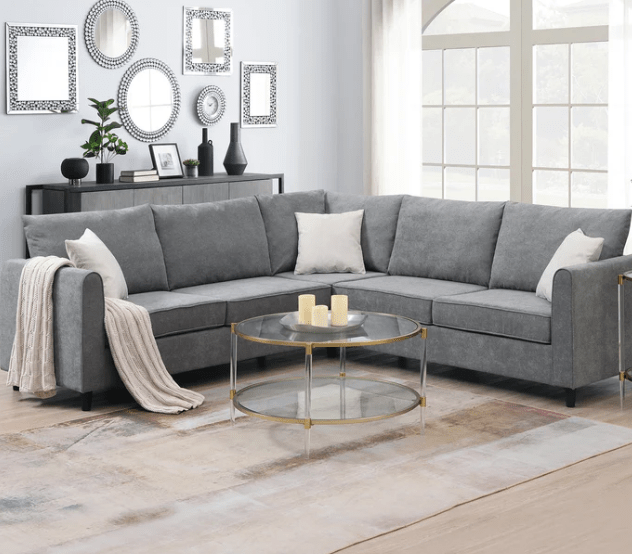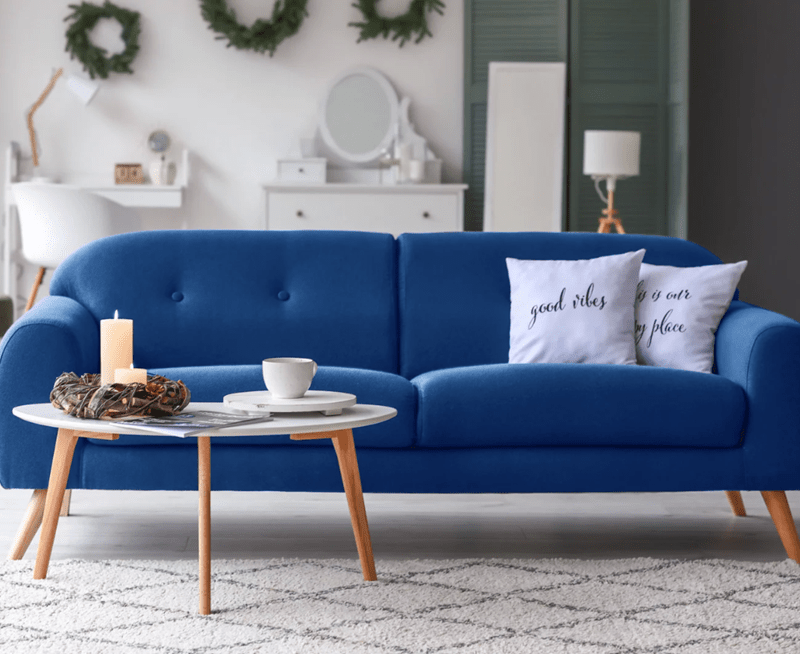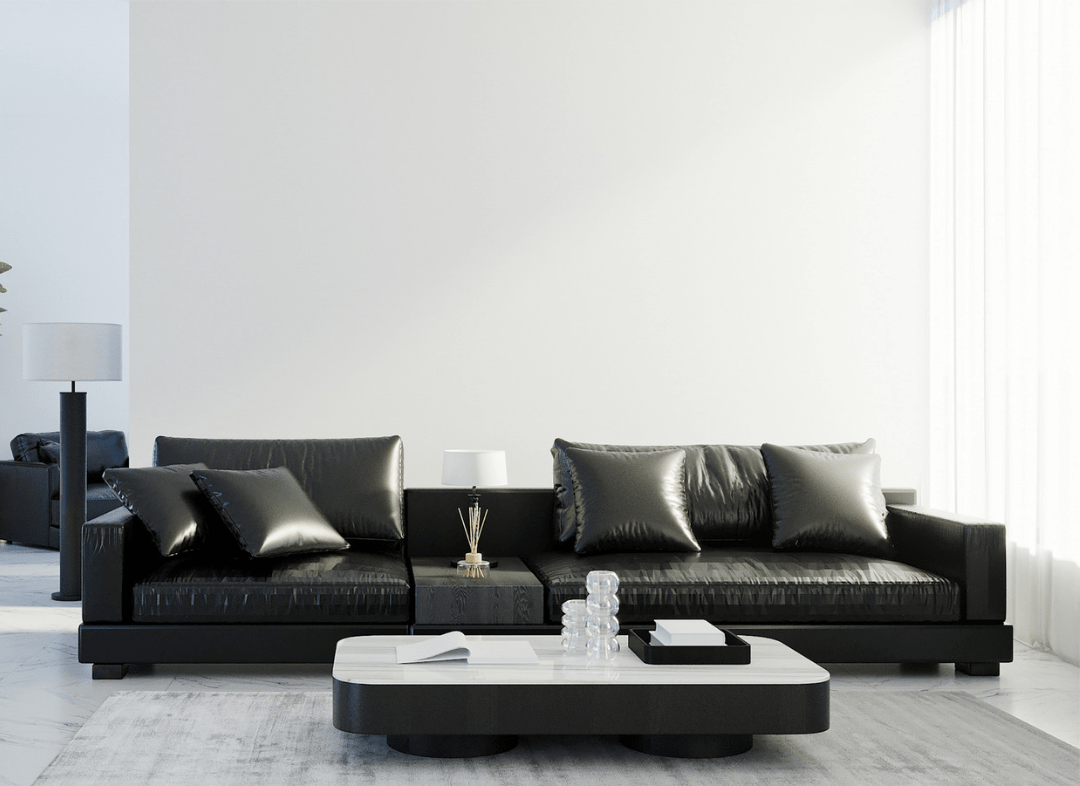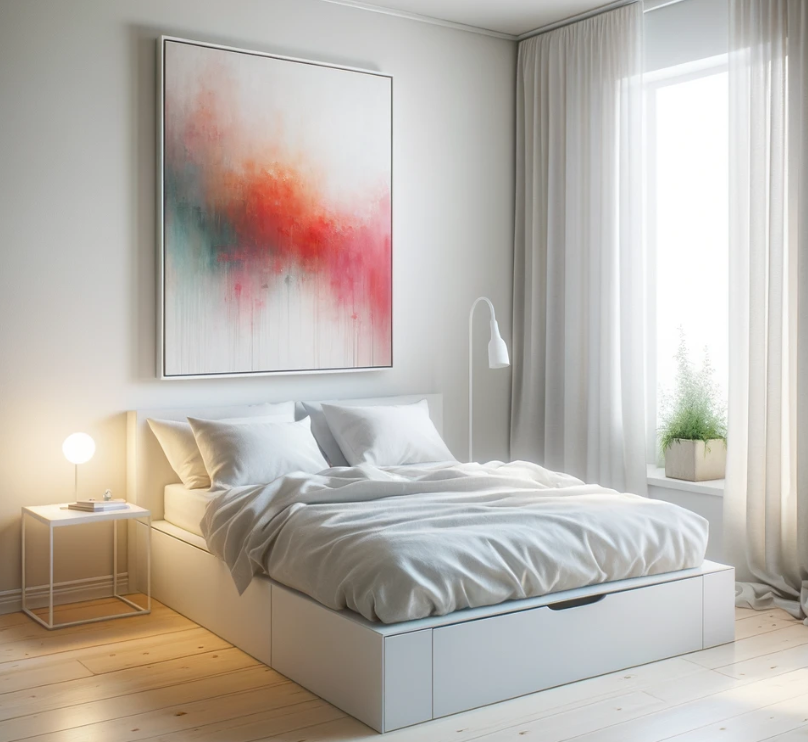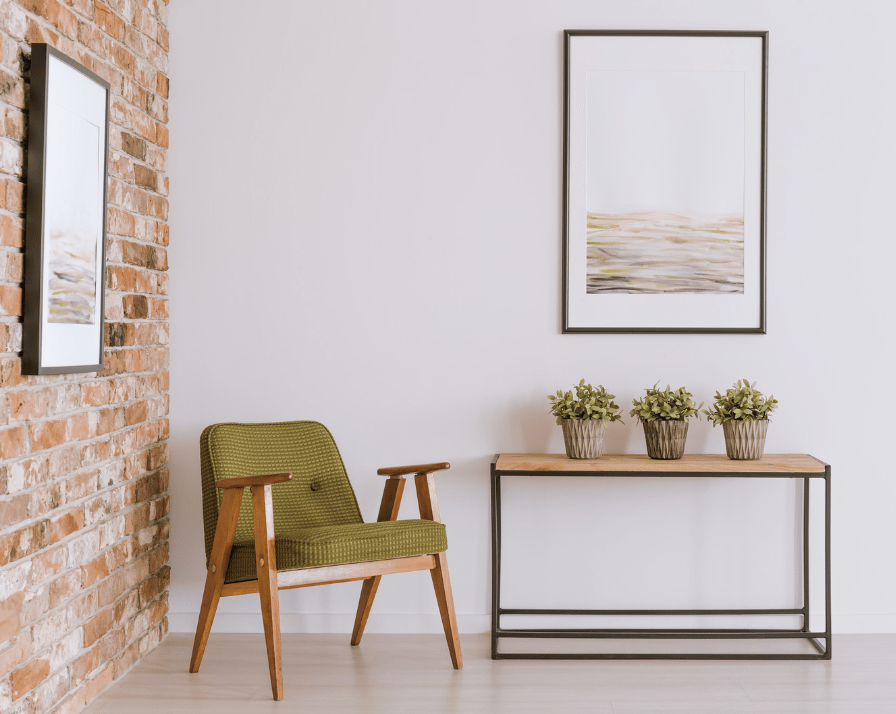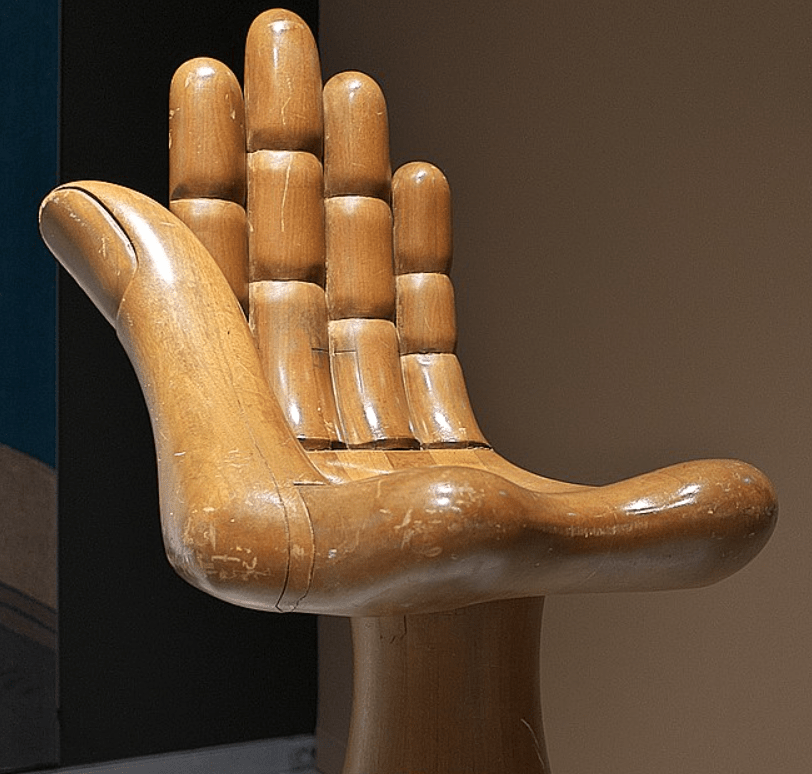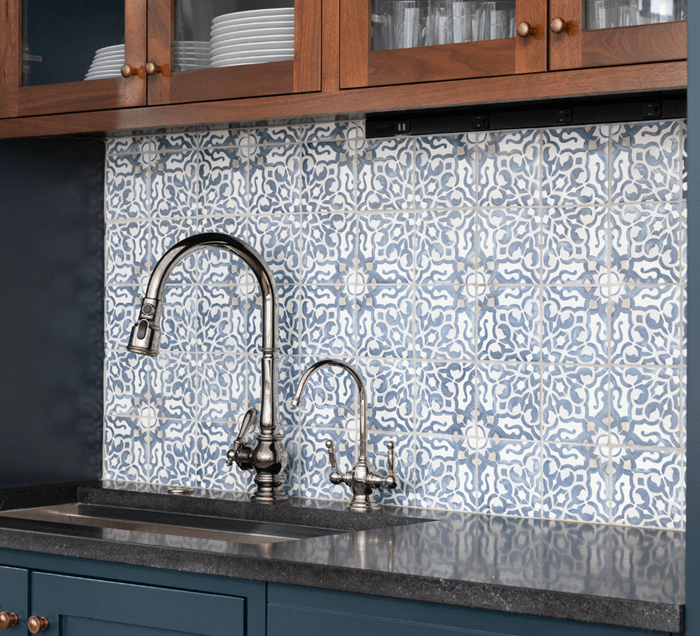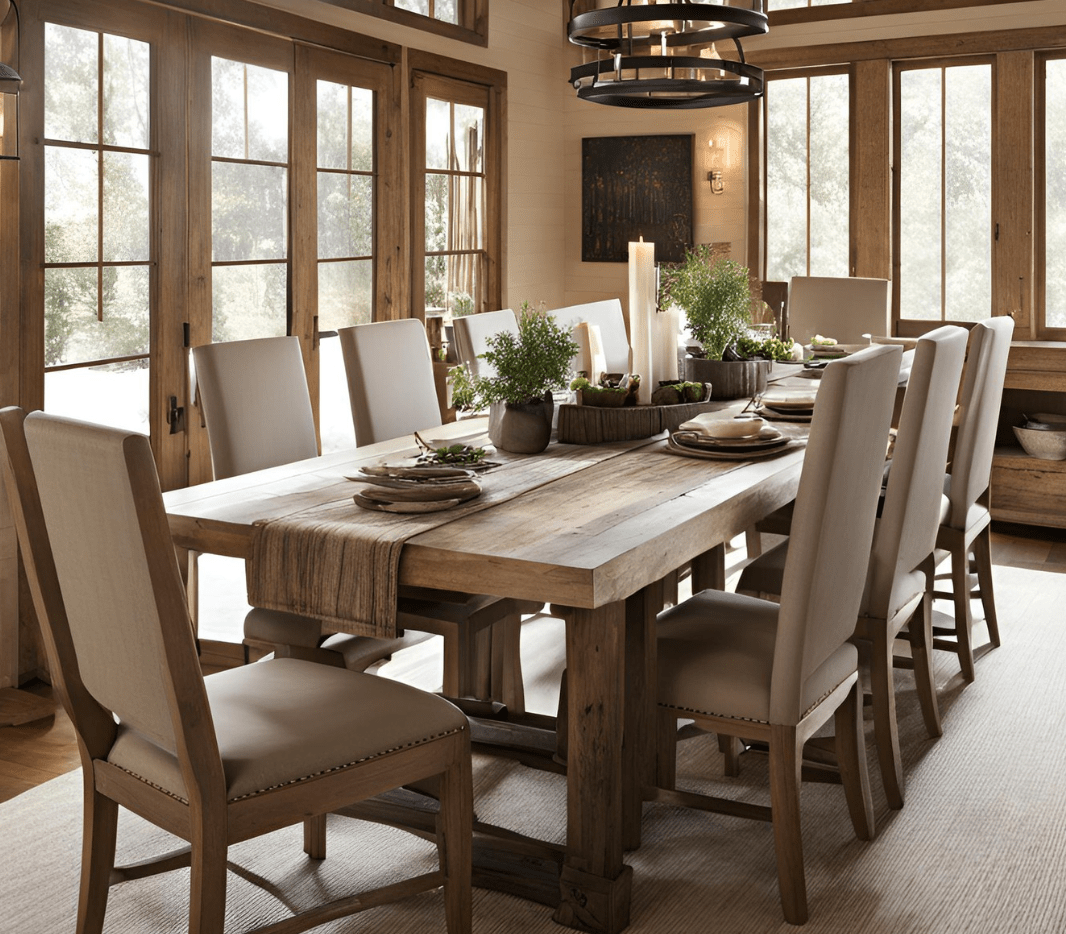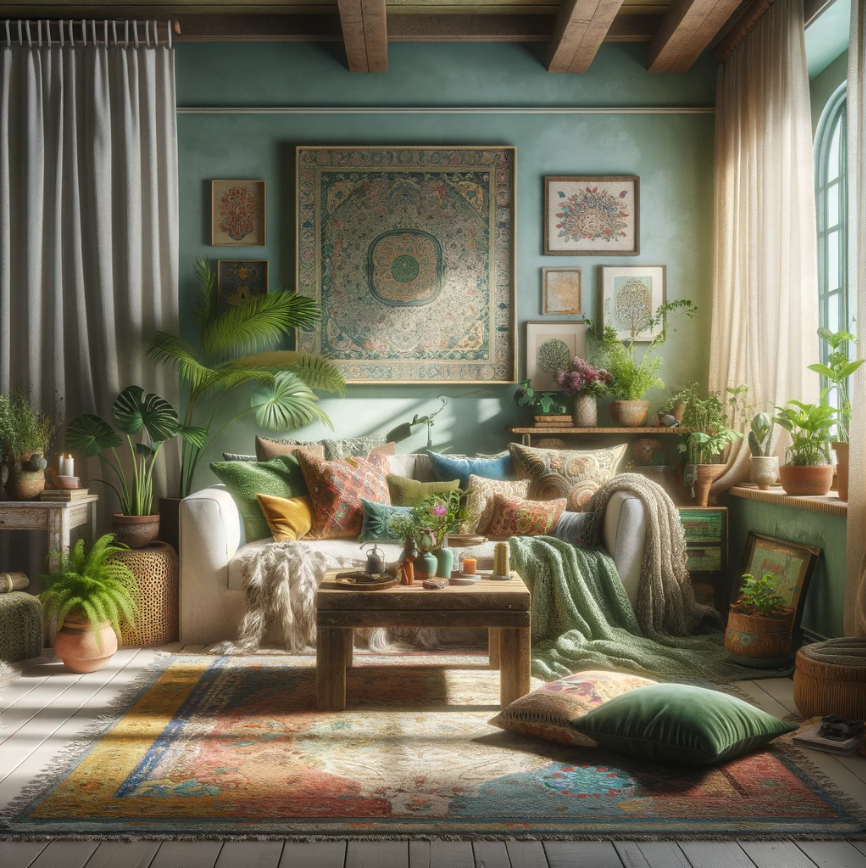10 Japandi Living Room Ideas for a Tranquil, Chic Space

Combining the minimalist elegance of Japanese aesthetics with the cozy functionality of Scandinavian design, Japandi is all about creating a tranquil, warm, and practical space. If you want a living room that feels like a serene retreat while remaining effortlessly chic, here’s how to bring Japandi principles into your home.
Keep the Color Palette Neutral and Balanced
Japandi thrives on neutral tones, creating a soothing and cohesive environment. Opt for a base palette of soft whites, warm beiges, and muted grays. Introduce darker hues like charcoal or deep brown in accents or furniture to ground the space. Consider earthy undertones—terracotta, sage, or dusty blue—for natural pops of color.
- Pro Tip: Avoid overly bright or saturated colors. Stick to shades you’d find in nature for an organic and calming effect.
Keep the Layout Open and Airy
Space planning is essential in Japandi design. Aim for an open layout with plenty of breathing room between furniture pieces. Avoid cramming the space with too many items, and focus on a few statement pieces.
- Pro Tip: Place furniture strategically to encourage flow and interaction. A modular sofa or a low-profile sectional can define the seating area without feeling bulky.
Embrace Minimalism with Purpose
Decluttering is essential in Japandi design. Keep only what you need and what brings joy. Every piece in the room should serve a functional or aesthetic purpose.
- Styling Tip: A low-profile sofa with clean lines, a single large piece of wall art, and a handful of decorative items (like a ceramic vase or woven basket) can fill the room without overwhelming it.
Invest in Quality, Timeless Furniture
Japandi values craftsmanship and quality over quantity. Look for furniture made from natural materials like solid wood, bamboo, or rattan. Scandinavian-style pieces with smooth curves and simple designs blend seamlessly with Japanese-inspired elements.
- Furniture Idea: A mid-century modern wooden coffee table paired with a Japanese-style low-seating bench can create an inviting centerpiece.
Add Natural Textures for Warmth
Layer natural textures to avoid a stark or overly minimal feel. Mix materials like wool throws, linen cushions, jute rugs, and paper lanterns to introduce warmth and visual interest.
- Pro Tip: Balance soft and hard textures. For example, a sleek wooden armchair with a plush wool seat cushion offers comfort and style.
Focus on Functional Decor
Decor in Japandi is never just decorative—it has a function. Consider multi-purpose furniture, like a storage ottoman or a bench with hidden compartments. Simple items like a handcrafted ceramic teapot or stackable bowls can double as art pieces.
- Styling Tip: To maintain visual harmony, group decor items in odd numbers, like three small vases of varying heights.
Use Indoor Plants Sparingly
Plants are a fantastic way to bring life and vitality into your Japandi living room but avoid going overboard. Choose a single statement plant in a minimalist pot, like a fiddle-leaf fig or a monstera.
- Alternative Idea: Bonsai trees or moss arrangements bring in Japanese influence while keeping the look tidy and intentional.
Prioritize Soft, Ambient Lighting
Lighting is crucial in Japandi design. Aim for soft, diffused light that creates a warm and inviting atmosphere. Inspired by Japanese designs, paper lantern pendant lights are a perfect choice. Layer the lighting with floor lamps, wall sconces, or candles for added dimension.
- Pro Tip: Use warm, dimmable LED bulbs to adjust the ambiance.

Pendant Light Fixture • Hanging Light • Off White Paper Pendant Light Large Paper Lantern – amazon.com
Create a Connection to Nature
One of Japandi’s core principles is biophilia—a connection to the natural world. Large windows with minimal coverings allow natural light to flood the space. For a touch of privacy, consider sheer linen curtains or bamboo blinds.
- Bonus Idea: For an authentic touch, incorporate natural views, like a small indoor rock garden or a wooden shoji screen.

RYB HOME White Curtains Linen Textured Sheer Light Filtering Semi Sheer Curtains 84 inches Long – amazon.com
Incorporate Wabi-Sabi Imperfections
Wabi-sabi, a Japanese philosophy that embraces imperfection, perfectly fits the Japandi aesthetic. To bring character to the room, look for handmade or slightly irregular items, like a textured ceramic vase or a handwoven rug.
- Styling Tip: A distressed wood console table or a vintage-inspired sideboard can add a subtle, lived-in charm.
Final Touches to Tie It All Together
- Wall Art: Choose minimalist prints, Japanese calligraphy, or abstract designs in muted tones. For cohesion, frame them in simple black or wooden frames.
- Throw Pillows: Use neutral colors with subtle textures, like linen or velvet. Avoid busy patterns that might disrupt the serene vibe.
- Storage: Keep clutter hidden with minimalist cabinets or open shelving that display only curated items.
- Scent: Add a natural aroma with a reed diffuser or soy candle in calming scents like cedarwood, sandalwood, or eucalyptus.
By mixing the best of Japanese and Scandinavian design, your living room will be both a sanctuary of calm and a stylish gathering place. Let Japandi’s philosophy of simplicity and functionality guide you, and you’ll have a space that feels as good as it looks.
FAQs
What is Japandi design, and how does it differ from other styles?
- Japandi design combines Japanese minimalism with Scandinavian coziness, focusing on simplicity, functionality, and natural materials. It differs by emphasizing balance between warmth and elegance, blending clean lines, neutral tones, and natural textures.
What colors work best for a Japandi living room?
- Neutral tones like soft white, beige, and muted gray work best as a base. Add earthy accents like terracotta, sage green, or dusty blue for subtle pops of color.
How can I incorporate natural elements into a Japandi living room?
- Use natural materials like wood, bamboo, linen, and jute. Add indoor plants sparingly, such as a bonsai tree or a single statement plant in a minimalist pot.
What type of furniture is ideal for Japandi design?
- Opt for high-quality, timeless furniture made from natural materials like solid wood or rattan. Focus on pieces with clean lines and a functional purpose, such as a mid-century modern coffee table or a low-profile sofa.
How can I maintain the minimalist aesthetic in a Japandi living room?
- Declutter regularly and ensure every item serves a purpose. Use hidden storage options like cabinets or ottomans with compartments to keep the space clean and organized.
The Curated Showhouse
Our content is written by our team of experienced interior design experts.


























